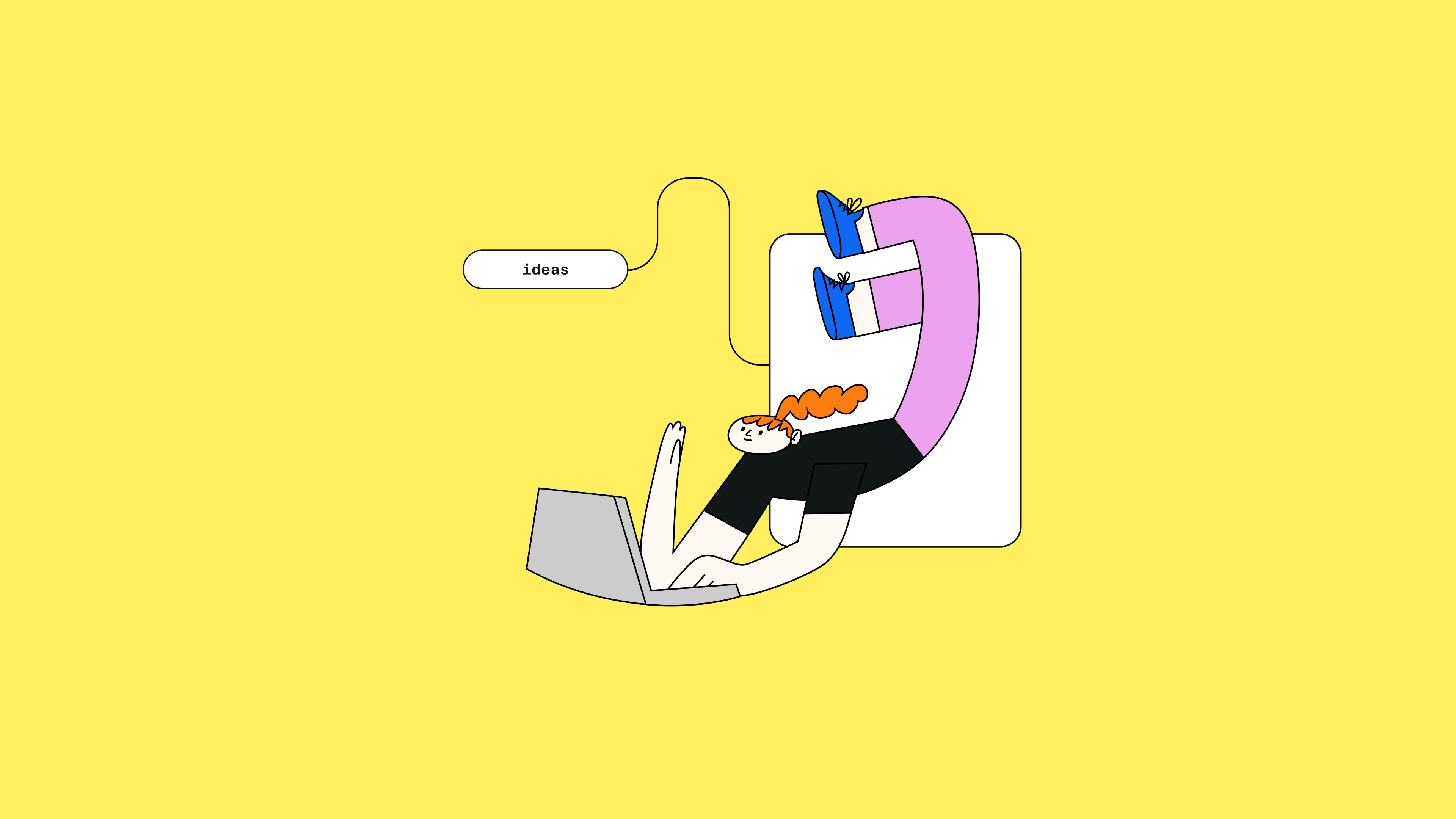To draw a car cartoon, start by sketching the shape of the car with simple lines and curves. Then, add details like wheels, windows, and doors.
Understanding The Basics
Learn the basics of drawing car cartoons with ease. This step-by-step guide will help you master the art of creating playful and fun car illustrations.
Understanding the BasicsWhen it comes to learning how to draw car cartoons, it’s important to start with the basics. By understanding the fundamental elements of car cartoons, you can create more accurate and visually appealing drawings. In this section, we will discuss the tools and materials needed, as well as getting familiar with car cartoon anatomy.Tools And Materials Needed
Before you get started, make sure you have the necessary tools and materials to create your car cartoon. Here are the essentials you will need:– Pencil: A good quality pencil with a range of hardness, such as HB, 2B, and 4B, will allow you to achieve different line weights and shading effects. – Eraser: An eraser is important for making corrections and refining your drawing. – Paper: Choose a smooth and sturdy paper that can handle pencil work without smudging or tearing. – Ruler: A ruler will help you create straight and accurate lines for the body of the car.Getting Familiar With Car Cartoon Anatomy
To draw car cartoons realistically, it’s important to understand the basic anatomy of a car. This will allow you to accurately depict the proportions and shapes of different car parts. Here are the key elements you should pay attention to:1. Car Body: Start by drawing the basic shape of the car body. Use simple geometric shapes like rectangles and ovals to define the overall structure of the car.2. Wheels and Tires: Add wheels and tires to your car cartoon. Pay attention to the size and position of the wheels to maintain proper perspective and balance.3. Windows and Windshield: Draw the windows and windshield of the car. Be mindful of their size and placement, as they contribute to the overall shape and character of the car.4. Details: Once you have the basic structure in place, you can start adding details such as headlights, tail lights, mirrors, and door handles. These details will bring your car cartoon to life and make it more visually interesting.Remember, practice makes perfect. Don’t be discouraged if your first attempts at drawing car cartoons don’t turn out exactly as you envisioned. With time and practice, you will improve your skills and develop your own unique style. So grab your tools and materials, and start exploring the wonderful world of car cartoon drawing!
Credit: www.linearity.io
Step-by-step Guide To Drawing Car Cartoons
Learning how to draw car cartoons can be a fun and creative way to express yourself. Whether you’re an aspiring cartoonist or just looking to add some creativity to your sketches, this step-by-step guide will help you create your own car cartoons. In this post, we will cover the process of creating the car body, adding wheels and windows, and adding details and personalization. So grab your pencil and paper, and let’s get started!
Creating The Car Body
When it comes to drawing car cartoons, the first step is to create the car body. To start, use a rectangular shape to outline the main structure of the car. Remember to keep the edges of the rectangle slightly curved to give it a more cartoonish look. Once you have the basic shape of the body, you can start adding details such as the hood, roof, and trunk. Play around with different proportions and shapes to achieve the desired cartoon effect. Don’t forget to bold and accentuate the important lines and curves to make them stand out.
Adding Wheels And Windows
Now that you have the car body, it’s time to add some wheels and windows. Draw two circles on either side of the car body to represent the wheels. To give them a three-dimensional look, draw smaller circles inside the wheels and shade them to create depth. Next, draw a line across the middle of the car body to represent the windows. You can also add a few smaller lines to indicate the window frames. Remember to bold and emphasize the wheel details to make them visually appealing.
Adding Details And Personalization
No car cartoon is complete without some fun details and personalization. Use your imagination to add headlights, a grill, and any other features you’d like to include. Additionally, you can add a roof rack, bumper stickers, or even patterns on the car body to make it unique. Remember to be creative and experiment with different shapes and designs. Adding personal touches will make your cartoon car come to life and reflect your style and personality.
By following these step-by-step instructions, you can create your own amazing car cartoons. Remember, practice makes perfect, so don’t be afraid to make mistakes and keep refining your skills. With time, you’ll be able to add more complexity and character to your car cartoons. So grab your pencil, get creative, and have fun with your cartoon car creations!
Advanced Techniques For Realistic Car Cartoons
When it comes to drawing car cartoons, there are various techniques that you can use to elevate your artwork to the next level. In this blog post, we will explore advanced techniques that will help you create realistic car cartoons that truly pop off the page. From understanding perspective and proportions to mastering shading and highlights, and finally adding textures and reflections, these techniques will enhance the quality of your car cartoons and make them come to life in a realistic way. So, let’s dive in and explore these advanced techniques in detail.
Understanding Perspective And Proportions
Perspective and proportions are crucial elements in creating realistic car cartoons. By understanding how these principles work, you will be able to accurately depict the shape and dimensions of the car in your artwork. Paying attention to the various angles and lines that define the car’s structure will ensure that your cartoon looks three-dimensional and has depth.
Here are a few tips to keep in mind when approaching perspective and proportions:
- Study reference images of cars from different angles to familiarize yourself with their proportions.
- Use basic shapes, such as cubes and cylinders, as a foundation to build the car’s form.
- Pay attention to the vanishing points and horizon line to create accurate perspective in your artwork.
- Experiment with different viewpoints to add dynamism and interest to your car cartoons.
Mastering Shading And Highlights
Shading and highlights play a crucial role in adding depth and dimension to your car cartoons. By effectively utilizing light and shadows, you can make your artwork appear more realistic and three-dimensional. Here are some essential techniques to master shading and highlights:
- Study how light interacts with different surfaces and materials, such as metal, glass, and rubber.
- Use different shading techniques, such as hatching and cross-hatching, to create realistic textures.
- Pay attention to the direction of light sources in your cartoon and ensure the shadows are consistent.
- Highlight important areas of the car, such as the edges and reflective surfaces, to enhance the realism of your artwork.
Adding Textures And Reflections
To truly bring your car cartoons to life, it’s important to consider the textures and reflections present in the vehicle. Adding these details will elevate the level of realism in your artwork. Here are some techniques to help you incorporate textures and reflections:
- Observe how different materials appear in real-life, such as the glossy finish of a car’s paint or the roughness of its tires.
- Use cross-hatching or stippling techniques to create texture and depth in your cartoon.
- Consider the reflections and highlights that appear on metallic surfaces, such as the car’s body or windows.
- Experiment with different brushes and tools to achieve a variety of textures and reflections that suit your style.

Credit: www.newyorker.com
Tips For Developing Your Own Style
Developing your own style when drawing car cartoons can be achieved by experimenting with different shapes, lines, and proportions. Practice regularly, observe real cars and other artists’ work, and allow your creativity to shine through. Remember to have patience and enjoy the process of finding your unique artistic voice.
Developing your own style in car cartoon drawing can make your artwork stand out and showcase your unique creativity. It’s important to experiment with different shapes and designs, incorporate storytelling elements, and take inspiration from other artists to create a style that is distinctly yours.
Experimenting With Different Shapes And Designs
One of the key factors in developing your own style is to experiment with various shapes and designs in your car cartoon drawings. Try using different shapes for the car body, windows, wheels, and other elements to create a distinct and visually appealing look. Don’t be afraid to think outside the box and push the boundaries of traditional car designs. For example, you could incorporate more exaggerated curves or angular lines to add a unique flair to your artwork.
Incorporating Storytelling Elements
A great way to bring your car cartoons to life is by incorporating storytelling elements into your drawings. Think about the purpose or story behind each car you draw. Are you trying to portray a fast and sleek race car, or a rugged and adventurous off-road vehicle? Consider how you can use different details, such as decals, accessories, or background elements, to convey the character and story of the car. Storytelling elements add depth and personality to your drawings, making them more engaging and enjoyable for viewers.
Taking Inspiration From Other Artists
While developing your own style is important, it’s also beneficial to draw inspiration from other artists. Explore the work of renowned car cartoon artists or even other artists in different genres. Analyze their techniques, use of colors, and overall style to gain insights that can help you refine your own drawing style. This doesn’t mean copying their work, but rather learning from their creativity and incorporating it into your own unique approach. By combining various influences, you can create a style that is truly your own.
Developing your own style in car cartoon drawing is an ongoing process that requires experimentation, storytelling, and inspiration. By continuously exploring different shapes and designs, incorporating storytelling elements, and drawing inspiration from other artists, you can develop a style that sets your car cartoons apart. Remember, the key is to embrace your own creativity and let your unique artistic voice shine through.

Credit: www.wildapricot.com
Conclusion
To sum up, mastering the art of drawing car cartoons can be a fun and rewarding experience. By following these step-by-step instructions, you can bring your sketches to life and create captivating illustrations. Remember to practice regularly and be patient with yourself.
With time and dedication, you’ll improve your skills and develop your unique style. So grab your pencils and paper, and let your creativity drive you to new artistic heights! Happy drawing!

